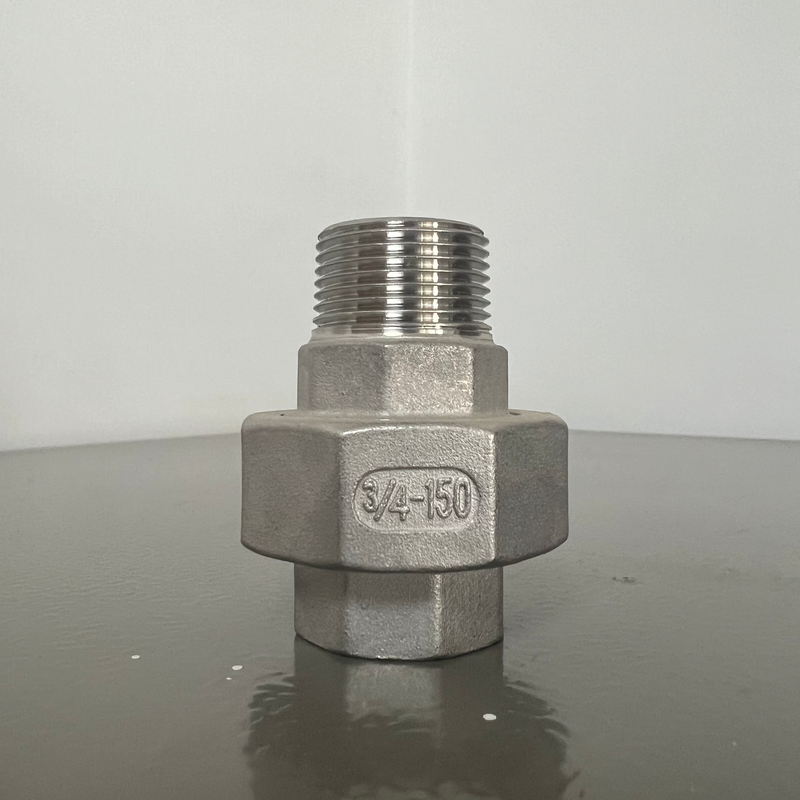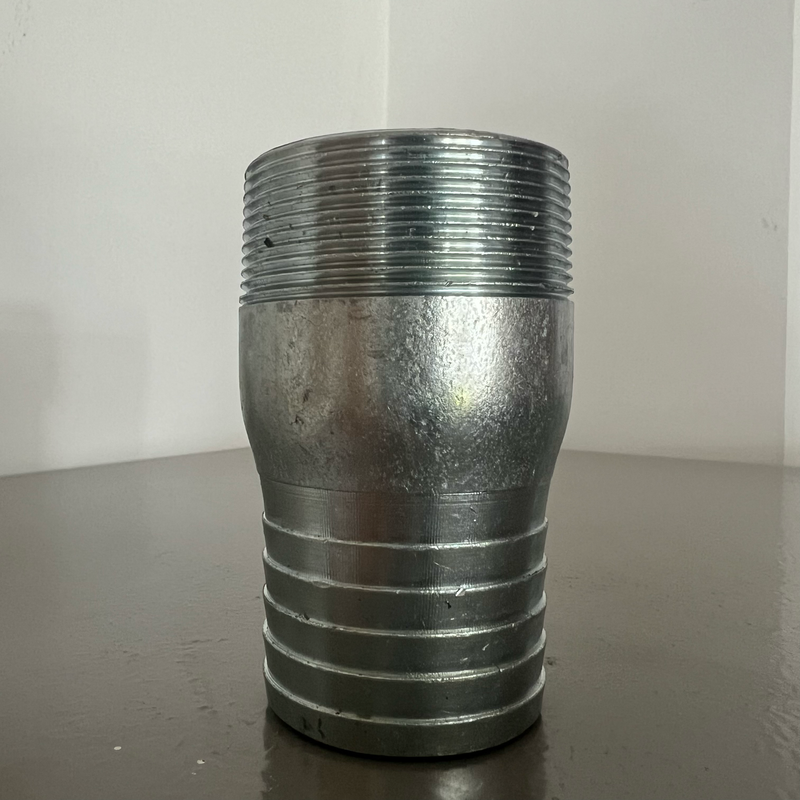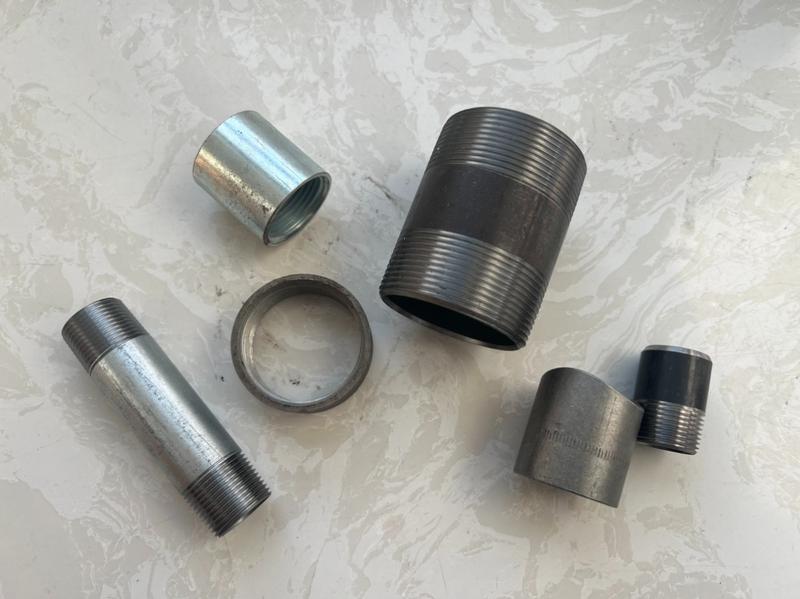The connection method will become a key factor when you select plumbing fittings. The two most common methods are threaded connections and welded connections. Each has unique advantages and limitations, making it suitable for different materials and applications. This guide compares both methods and helps you choose the best option for your project.
1. What Are Threaded and Welded Connections?
Threaded connection pipe fittings are screwed together using male (external) and female (internal) threads. Threaded fittings are standard in steel, stainless steel, and galvanized pipes.
Welded connection pipe fittings are fused using heat (arc, TIG, MIG, or socket welding). Weld fittings are used for high-pressure systems, industrial pipelines, and permanent installations.
2. Pros and Cons of Threaded vs. Welded Pipe Fittings
| Feature | Threaded pipe fittings | Welded pipe fittings |
| Installation Speed | Fast, not need special tools | slower than the threaded pipe fittings |
| Strength | moderate | extremely strong |
| Maintenance | Easy to replace and repair | permanent |
| Cost | lower | higher labor and equipment cost |
| Pressure | low to medium pressure | Ideal for high-temperature and pressure systems |
3. Best Connection Method by Pipe Material
-
Steel and Stainless Steel Pipes:
Threaded pipe fittings are good for plumbing, gas lines, and low-pressure systems.
Welded pipe fittings are preferred for industrial pipelines, oil and gas, and chemical plants.
-
PVC and CPVC Pipes:
Threaded fittings are used in water supply and irrigation.
Solvent Welding (Glue): Common for drainage and sewage systems.
-
Copper Pipes:
Soldered/Welded: Best for water supply and HVAC systems.
Press-Fit (Alternative): Faster, no heat required.
4. Best Connection Method by Application
Residential Plumbing (Water/Gas): Threaded or push-fit for easy maintenance.
Industrial Pipelines (Oil, Gas, Chemicals): Welded for durability and leak resistance.
Fire Protection Systems: Grooved (Mechanical) or welded for reliability.
HVAC & Refrigeration: Brazed or soldered copper for airtight seals.
5. Conclusion
Threaded connections are quick, cost-effective, and ideal for low-pressure systems, while welded joints offer superior strength for industrial and high-pressure applications. Choosing the right method depends on the material, pressure requirements, and maintenance needs.
For more expert insights on pipe fitting techniques and plumbing solutions, keep following our updates!





